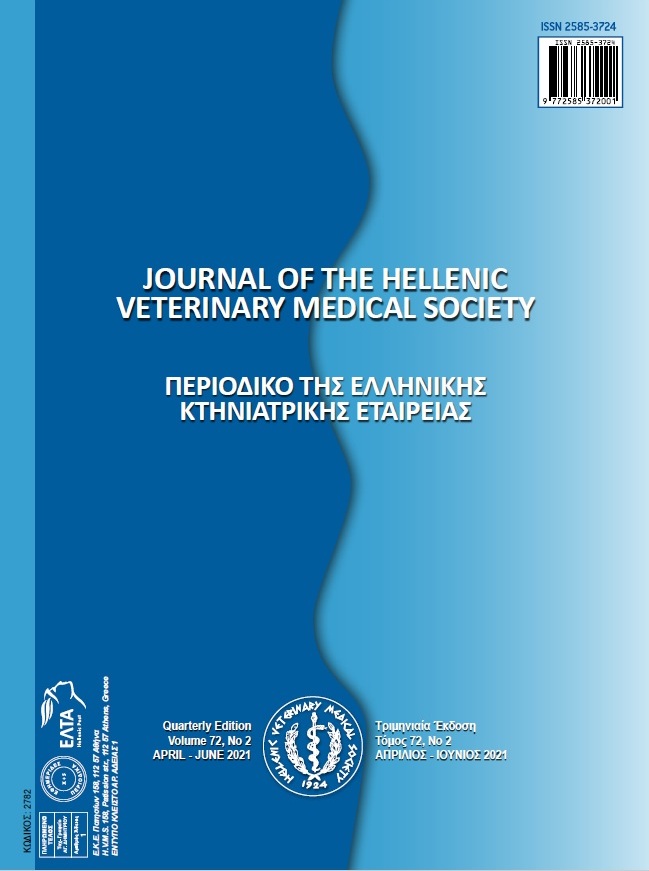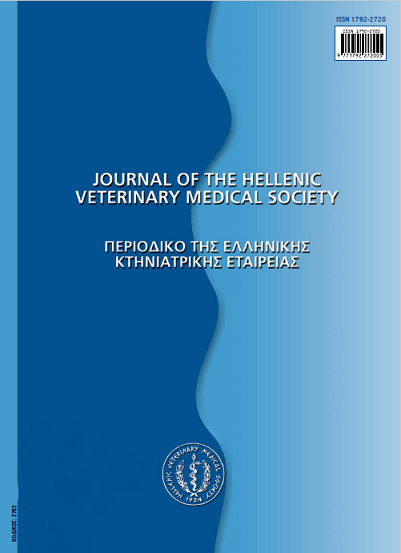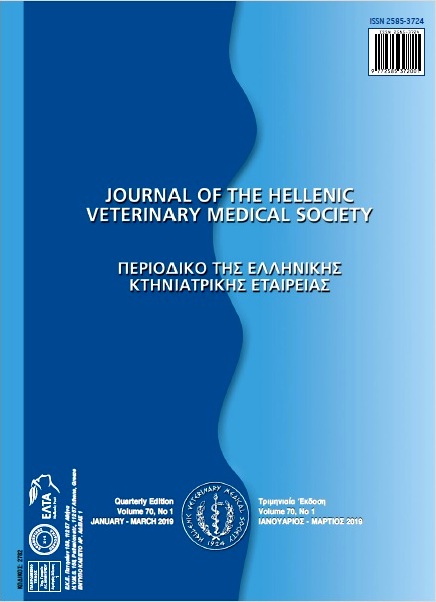The Role of Poultry Farms and Wild Birds During 2016-2017 Avian Influenza Epizootic in Europe

Abstract
Avian influenza is a contagious viral disease, affecting several species of birds, and poses a significant public threat. During 2016-2017, there were 2,224 high pathogenic avian influenza outbreaks in Europe, which led to the destruction of 9,663,770 birds, and 72 low pathogenic avian influenza outbreaks in 5 European countries, which caused 276,584 bird fatalities. The majority of the epidemics were in wild and backyard birds, except for France and Hungary, where the majority of outbreaks were in duck-goose farms. Notably, there were a total of 100 outbreaks in turkey farms and 37 outbreaks in layer farms, while in broiler farms there were only 10. It is indisputable that wild birds are natural hosts and reservoirs for all types of avian influenza viruses. However, the role of poultry farms on the AI intra-country epidemiology has not been fully clarified. Based on the official reports of OIE for AI, this study indicates that poultry farms, especially fattening turkey and layer chicken farms, are high-risk factors concerning the introduction of the disease into an area and its spread into other poultry farms.
Article Details
- How to Cite
-
TSIOURIS, V., MAVROMATI, N., MANTZIOS, T., KISKINIS, K., Sossidou, E., & GEORGOPOULOU, I. (2021). The Role of Poultry Farms and Wild Birds During 2016-2017 Avian Influenza Epizootic in Europe. Journal of the Hellenic Veterinary Medical Society, 72(2), 2917–2924. https://doi.org/10.12681/jhvms.27532
- Issue
- Vol. 72 No. 2 (2021)
- Section
- Research Articles

This work is licensed under a Creative Commons Attribution-NonCommercial 4.0 International License.
Authors who publish with this journal agree to the following terms:
· Authors retain copyright and grant the journal right of first publication with the work simultaneously licensed under a Creative Commons Attribution Non-Commercial License that allows others to share the work with an acknowledgement of the work's authorship and initial publication in this journal.
· Authors are able to enter into separate, additional contractual arrangements for the non-exclusive distribution of the journal's published version of the work (e.g. post it to an institutional repository or publish it in a book), with an acknowledgement of its initial publication in this journal.
· Authors are permitted and encouraged to post their work online (preferably in institutional repositories or on their website) prior to and during the submission process, as it can lead to productive exchanges, as well as earlier and greater citation of published work.




